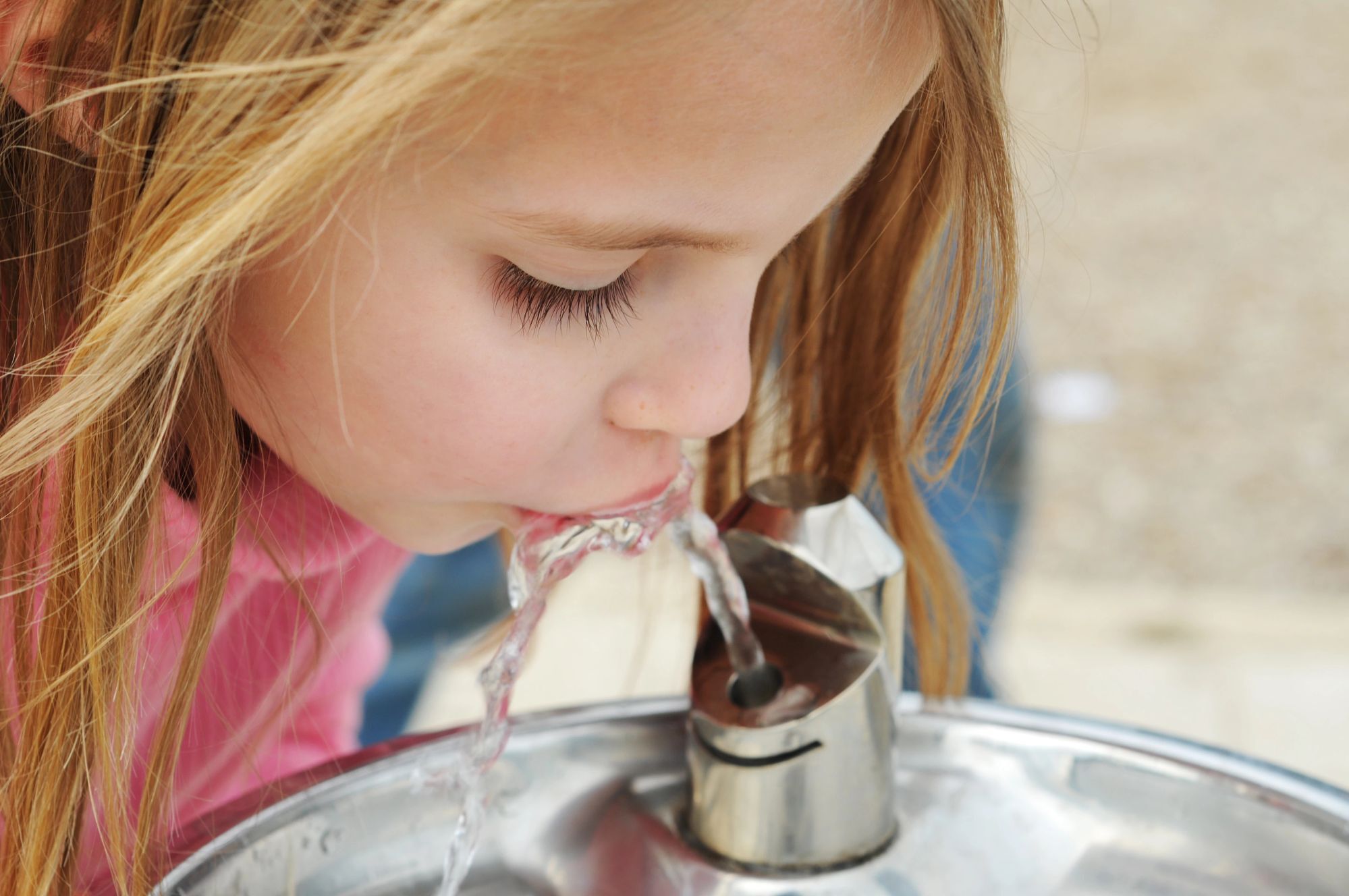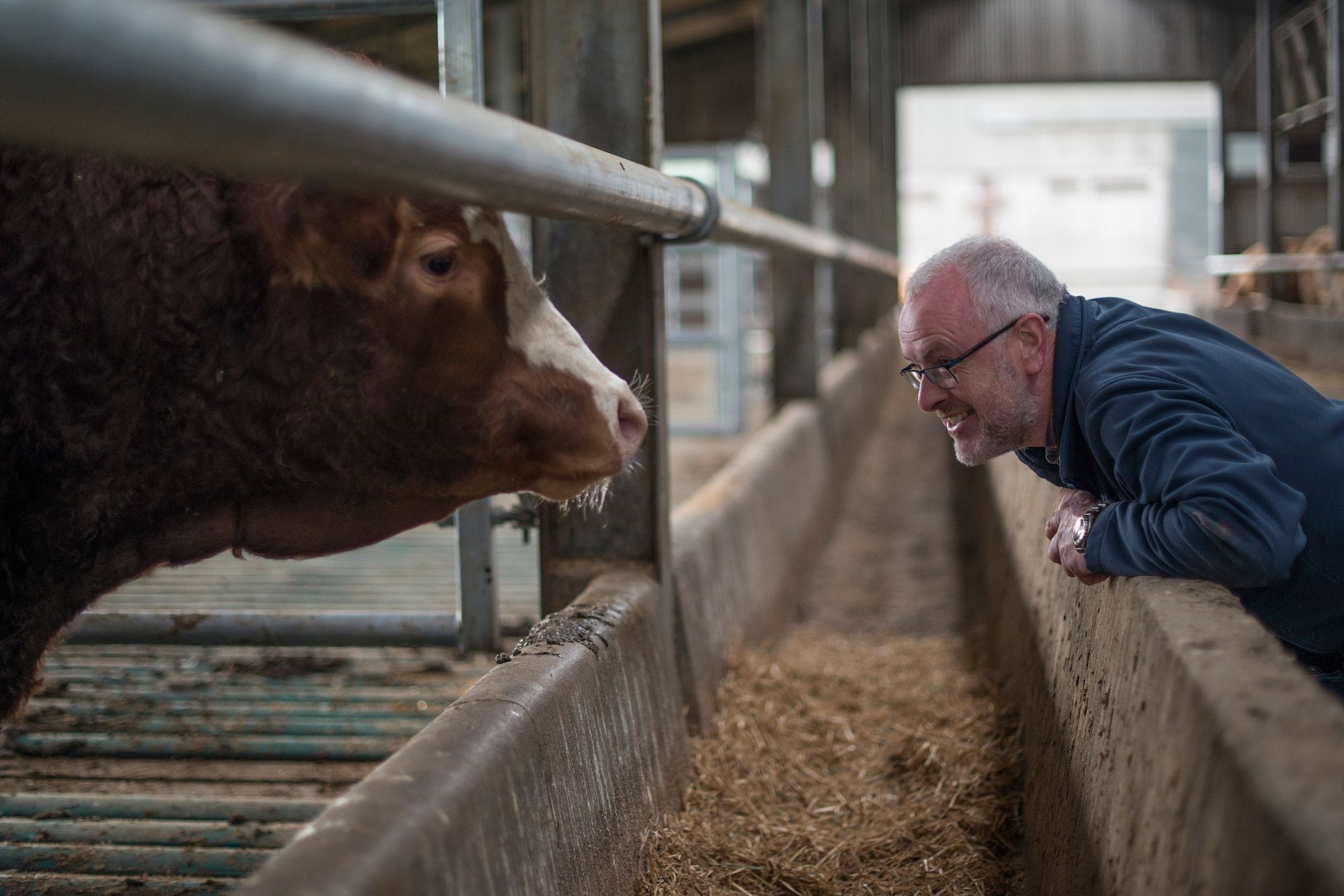The Ultimate Guide to Bottled Water
We all know the importance of drinking enough water. And as we look back at the last two years, one of the silver linings of the COVID-19 pandemic is that thirsty Americans hydrated more than ever. From the get-go, we stocked up on bottled water, boosting consumption to an all-time high.
But even before the pandemic, bottled water was the number-one beverage in the United States for health-conscious consumers, according to a report by the International Bottled Water Association.
With Americans drinking nearly 15 million gallons of bottled water in 2020 and water consumption spiking across the globe, I’ve been getting these questions a lot: Is spring-fed water pure? What’s the deal with “oxygenated”? The label says “pure,” but is it? How can you tell?
The answers are complicated. Bottled water isn’t covered by the Safe Drinking Water Act. Instead, it’s regulated by the U.S. Food and Drug Administration (FDA), which determines the safety of bottled water based on the Environmental Protection Agency’s standards for tap water. However, the FDA doesn’t require water bottlers to share their quality-testing results with the public.
Then How Do You Choose a Bottled Water Brand?
One way to choose is to check if your favorite brand of bottled water is certified. Though it is not an FDA requirement, independent third-party testing and certification provide you with science-based assurance of the product’s safety.
The testing is voluntary, but companies are demonstrating their commitment to producing safe, high-quality bottled water by participating in the NSF certification program. Global brands certify their bottled water to NSF standards so people everywhere can be assured of its quality and safety.
Look for the letters “NSF” on the label to see if your favorite bottled water is NSF certified.
Where Does Bottled Water Come From?
There are many kinds of bottled water, and they are usually branded by the water’s source and the way it is treated. The FDA has created these “standards of identity” to guide you. They include:
- Artesian water: This water comes from an underground layer of water-bearing permeable rock.
- Fluoridated Water: This is water that contains added fluoride.
- Mineral water: Mineral water comes from a spring that contains various minerals, such as sodium, calcium, potassium and magnesium.
- Purified water: Water with this label is treated with a process like distillation, deionization or reverse osmosis.
- Spring water: Spring water flows naturally to the Earth’s surface. It must be collected only at the spring source or through a borehole tapping the underground formation feeding the spring.
How is Bottled Water Tested?
NSF certification includes annual, unannounced plant inspections of a bottler’s operation, covering everything from the water source to disinfection and treatment all the way through the container closure process and product storage. Extensive water quality testing for more than 100 different contaminants ensures compliance with FDA regulations. The FDA requires bottled water to be tested regularly for the same contaminants as public tap water supplies. In addition to monitoring for microbiological contamination, bottled water must also undergo annual testing for:
- Inorganic contaminants (including arsenic, nitrates and lead)
- Volatile organic chemicals (such as pesticides and other synthetic chemicals)
- Radioactive elements (like radium)
Look for the letters “NSF” on the label to see if your favorite bottled water is NSF certified.
What if Your Bottled Water Is Not Certified?
Say you fill your jugs at the local supermarket or purchase bottled water that is not certified. The FDA requires that all bottled water be tested. You can request a water quality report directly from the company or check their website to see if it is publicly available. Look at the values and compare them to the FDA limits to see what is present and what is not detected (ND).
Contact us if you have questions about your bottled water at +1 800 673 8010 or info@nsf.org.
Sign Up for Tips for Better Living
Stay up to date with what matters most to you and your family.
Related Posts

Foodstuffs: How To Store and Heat Leftovers Safely

Kitchen Cleaning 101: Your Ultimate Guide to Optimum Kitchen Cleaning

Keeping a Clean Home, Especially When You Share It With Your Pet

loMT: Utilize Internal Information Security Expertise to Combat Cyber Risks
Sources:
www.fda.gov/consumers/consumer-updates/bottled-water-everywhere-keeping-it-safe
www.cdc.govhealthywater/drinking/bottled/index.html
www.bottledwater.org/wp-content/uploads/20211/07/2020BWstats_BMC_ pub2021BWR.pdf
How NSF Can Help You
Get in touch to find out how we can help you and your business thrive.

What’s New with NSF

Michigan’s “Filter First” Law: A Guide for Schools and Childcare Centers
April 23, 2024
Healthy People Living on a Healthy Planet: The Future We’re Working For
April 4, 2024
American Meat and Egg Distributors Now California-Ready with NSF’s Prop 12 Certification
April 3, 2024